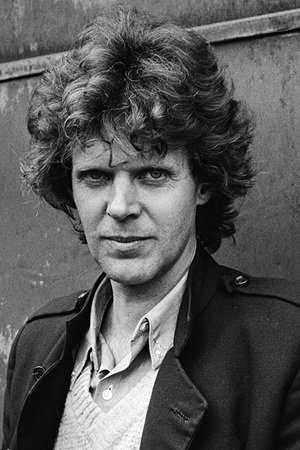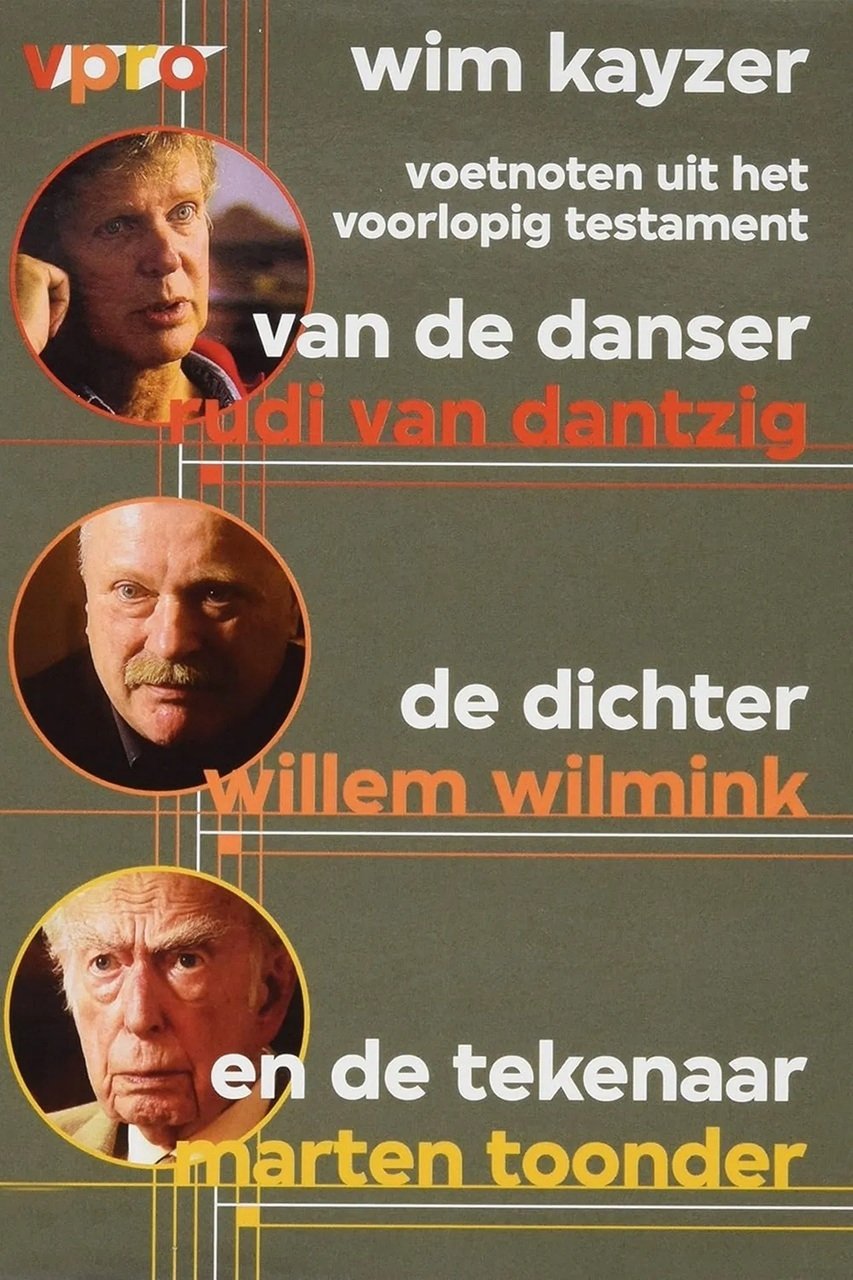

On May 5, 2002, a conversation was broadcasted by the Dutch interviewer Wim Kayzer and three Dutch artists: the choreographer and writer Rudi van Dantzig (then 68), the songwriter and poet Willem Wilmink (then 65) and the illustrator-storyteller Marten Toonder (then 90). Three artists who would leave behind a magnificent legacy in terms of imagination, poetry and dance. But also three modest muses: they did not often and certainly not loudly beat the drum, while their work gave every reason to do so. Wim Kayzer had asked them to draw up a provisional testament. A testament about love, suffering, sexuality, the society in which they grew old, their work, their dreams, their youth, the Second World War, liberation, death and God.
Rudi van Dantzig was a Dutch choreographer, company director, and writer. He was a pivotal figure in the rise to world renown of Dutch ballet in the latter half of the twentieth century. He was co-director and then artistic director of the Dutch National Ballet from 1968 and 1991, and later did choreography for major companies such as Ballet Rambert, The Royal Ballet, the Royal Danish Ballet, American Ballet Theatre, and the Paris Opera Ballet.
By browsing this website, you accept our cookies policy.